Clean up as the water recedes
The floodwaters rose rapidly, sweeping away large amounts of household waste, plastic bottles, nylon bags, animal carcasses and many other types of waste. When the water receded, the waste piled up along the banks of rivers, streams, village roads and alleys, creating pollution and a devastated landscape.
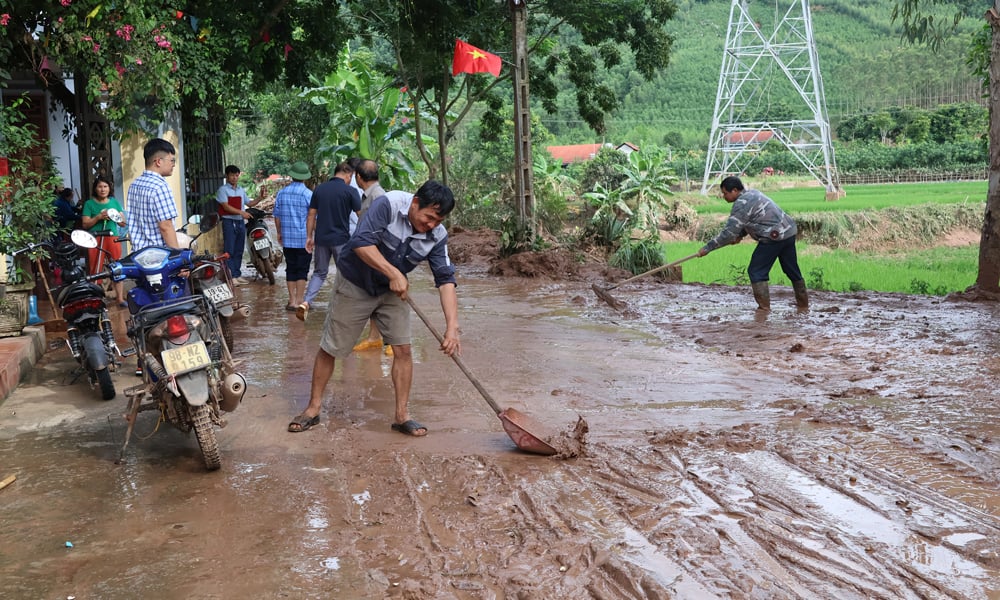 |
People of Tuan Dao commune clean up the streets and houses after the flood. |
Tuan Dao commune is one of the localities that suffered great damage with 6/12 villages flooded, 147 households affected. Ms. Lao Thi Ngoc, Linh Phu village shared: "In just two months, we suffered two natural disasters. The flood came too quickly, fortunately there were no human casualties but the living environment was severely damaged". In the midst of difficulties, the spirit of urgency to overcome was evident. Local officials and people worked together to clean up, wherever the water receded, hygiene was immediately provided. Thick mud was cleared, tables, chairs, and household appliances were scrubbed to soon return to normal life. Worryingly, the domestic water system in many places was damaged. In Say and Linh Phu villages, the water pipes were broken, people had to share buckets of clean water; by the afternoon of August 23, Say village had just temporarily repaired the problem, many other places still had to wait a few more days to be able to use it stably.
In the communes of Son Dong, Dai Son, Yen Dinh, Tay Yen Tu, and Bien Dong, although the flood only swept through for more than an hour, it left behind serious consequences. Many villages and hamlets were isolated; schools, cultural houses, and traffic works were severely damaged. Many households only had time to escape, but did not have time to move their belongings. After the flood, the floors of houses were damp and moldy, trees were broken, poultry was swept away, and the environment was polluted.
Faced with that situation, the Department of Agriculture and Environment directed the People's Committees of communes to synchronously deploy many solutions such as: Strengthening propaganda so that people voluntarily participate in cleaning; checking collection points and landfills; covering, sprinkling lime powder, spraying disinfectants, and deodorizing microorganisms. Temporary garbage collection points must be thoroughly treated, not left to accumulate for a long time. According to the Department's leaders, in parallel with repairing the domestic water system, environmental sanitation is the top priority. If not treated promptly, waste and animal carcasses will become the source of disease.
At the grassroots level, communes and villages mobilized union members, association members, and mass organizations to work with the people to collect tree branches, rocks, fallen leaves, clear sewers, ditches, and overflows. Damaged roads and overflows were temporarily reinforced with soil and rocks to ensure drainage, and will be repaired permanently. Mr. Nguyen Van An, Vice Chairman of Tay Yen Tu Commune People's Committee, said: "The amount of waste and mud after the flood is too large, while the means are limited. We mobilized the entire people to participate, determined not to let waste accumulate, and to return a clean environment before resuming production."
Help people stabilize their lives soon
The Department of Health warns that the biggest risk after the flood is disease. Contaminated water sources, flies and mosquitoes breed, creating conditions for outbreaks of diseases such as dengue fever, diarrhea, pink eye, skin diseases, etc. Therefore, from the first days after the flood, environmental sanitation, disinfection, and disease prevention have been given special attention. Grassroots health units have been directed to proactively guide people in treating contaminated water sources, ensuring the need for hygienic water for daily life. The Department of Health also supports and guides people and local health units in implementing environmental treatment measures, disinfecting dug wells and flooded water tanks according to the instructions of the Ministry of Health ; at the same time, organizing the spraying of chemicals to kill insects and disease vectors in flooded areas after the water recedes. Inspection and supervision of food safety and water quality hygiene have also been strengthened to prevent the risk of disease outbreaks from unsafe water and food sources. Local authorities mobilized forces to clean and disinfect houses and household items with disinfectant solutions.
| With the motto "four on-site" (human resources, materials, means, on-site command), highland communes are making efforts to improve the environment, ensure clean water supply, and prevent and control epidemics. |
On August 22, Bac Ninh Center for Disease Control No. 1 sent a working group to Tuan Dao commune to monitor the risk of disease, instruct people on the use of disinfectants, treat water sources, and disseminate disease prevention information through the local public address system. In addition to the amount of Cloramin B 25% previously provided to communes, on this occasion, Son Dong Medical Center provided an additional 25 kg of Cloramin B 25% to Tuan Dao commune. For the remaining localities, it will be supplemented promptly based on actual needs.
Not only handling the immediate situation, localities also focus on long-term solutions. First of all, continue to raise people's awareness of maintaining hygiene; build a synchronous waste collection and treatment system; periodically clear sewers. Increase planting of trees and flood-blocking trees to both minimize the impact of natural disasters and create environmental landscapes. Mobilize the participation of businesses, social organizations, and philanthropists to support means, materials, and funding for environmental protection work. Currently, the command committees for natural disaster prevention, control, and search and rescue of communes continue to direct villages to mobilize forces to support people to overcome damage and restore production. Villages must make detailed statistics of damage, review poor and near-poor households, and policy families to propose timely support. In particular, it is necessary to pay attention to essential needs, such as domestic water, food, medicine, and disinfectants.
With the motto of “four on-site” (human resources, materials, means, on-site command), the highland communes are making efforts to improve the environment, ensure clean water supply, and prevent and control epidemics. The active participation of all levels, sectors and the whole society will help quickly overcome the consequences of natural disasters, returning a safe and sustainable life to the people.
Source: https://baobacninhtv.vn/bac-ninh-chung-tay-khac-phuc-moi-truong-sau-mua-lu-postid424941.bbg



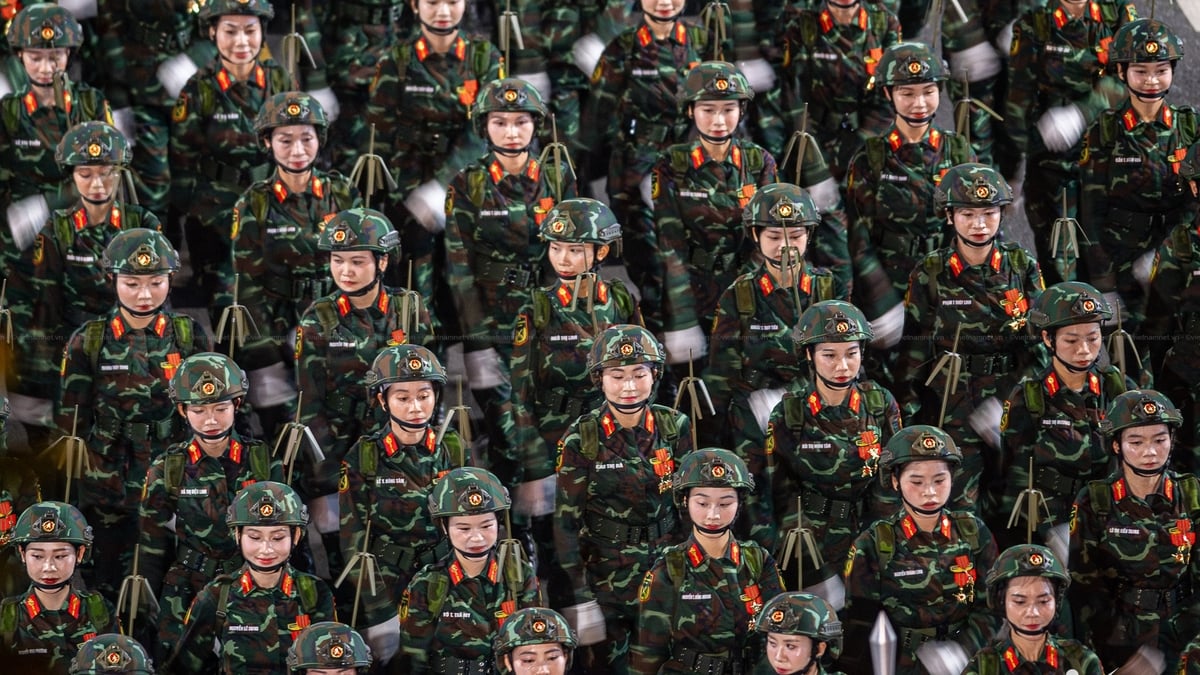
![[Photo] General Secretary To Lam attends the 80th anniversary of Vietnam's diplomacy](https://vphoto.vietnam.vn/thumb/1200x675/vietnam/resource/IMAGE/2025/8/25/3dc715efdbf74937b6fe8072bac5cb30)


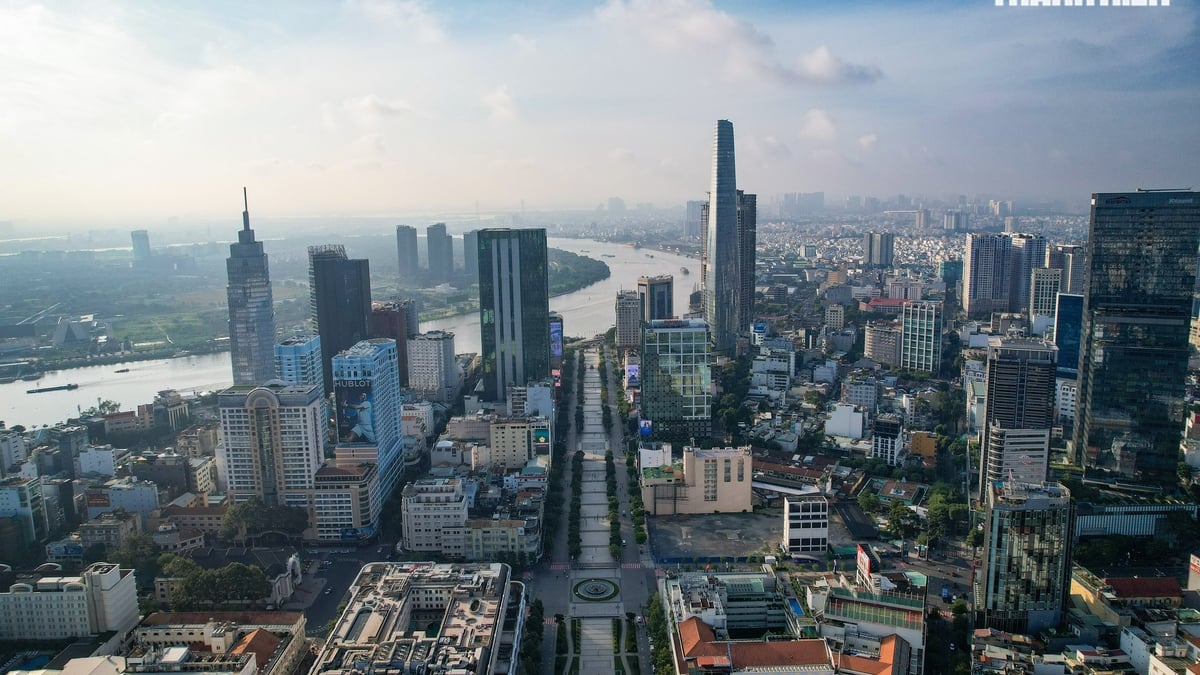

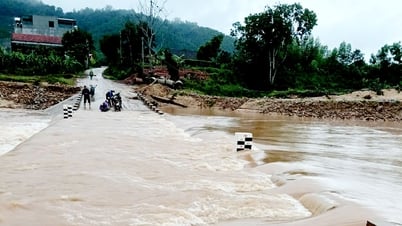
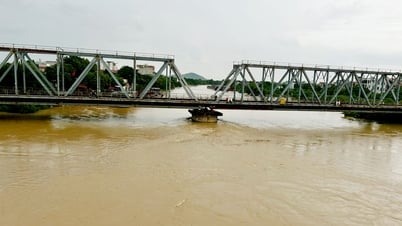
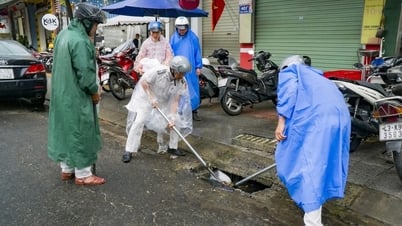

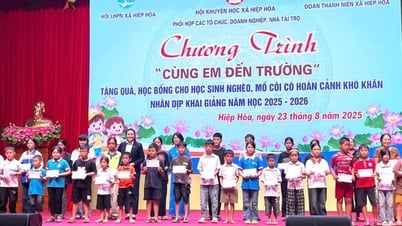

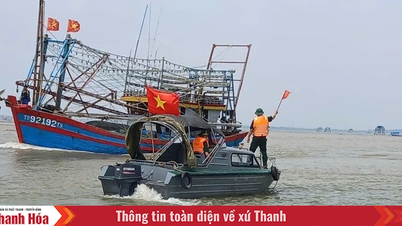

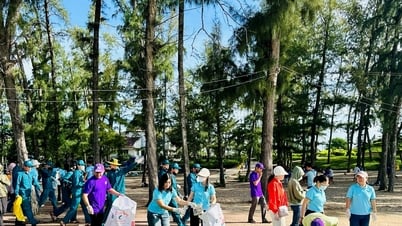

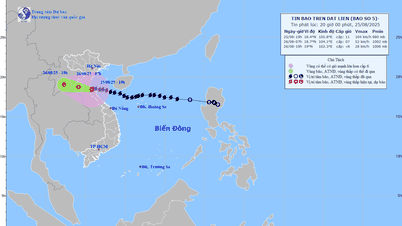



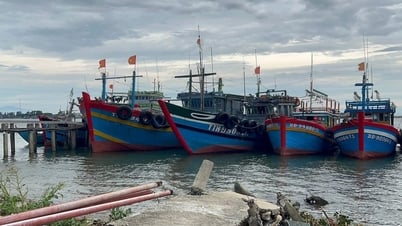

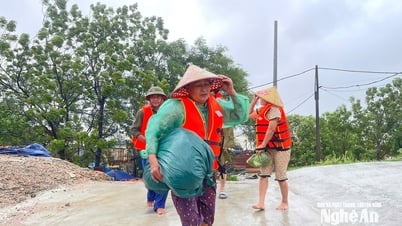
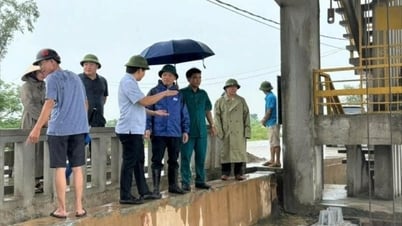

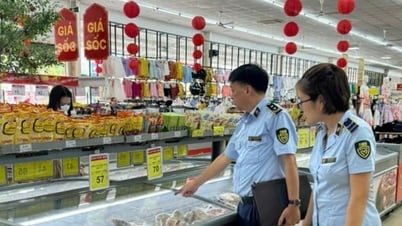







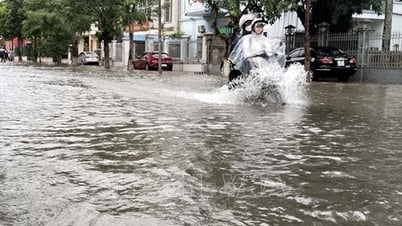

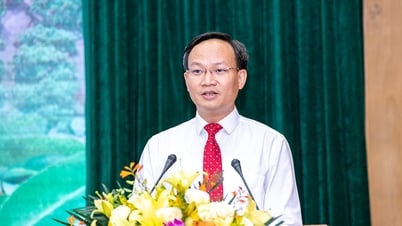







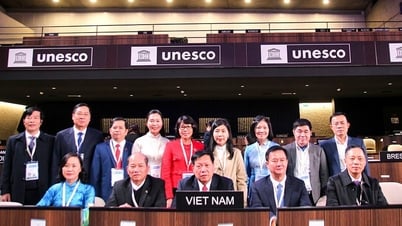

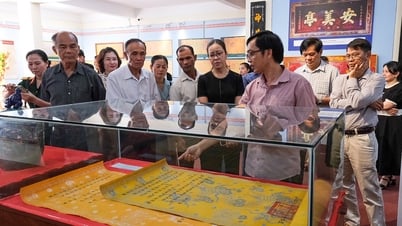

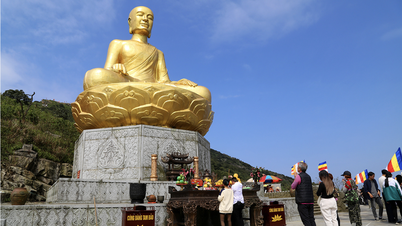

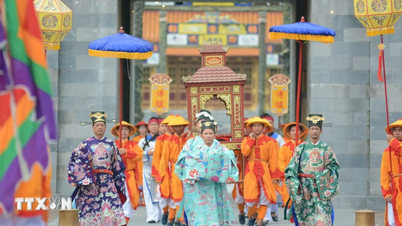





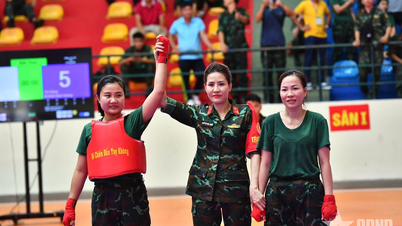

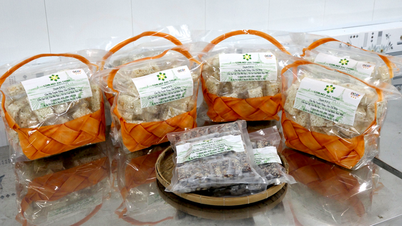



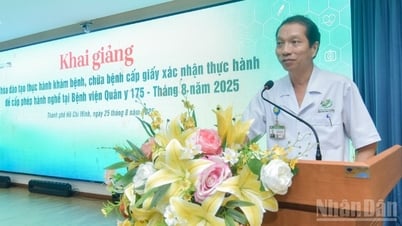








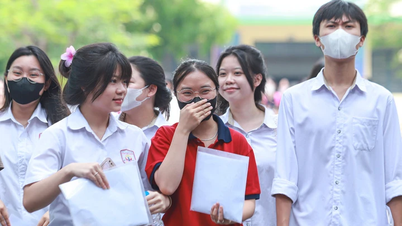


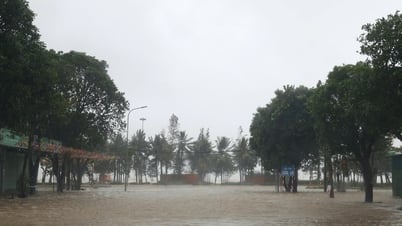



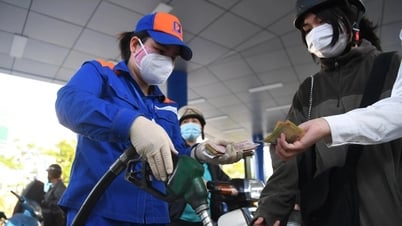




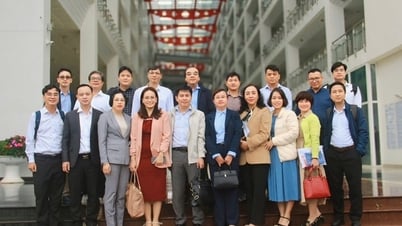
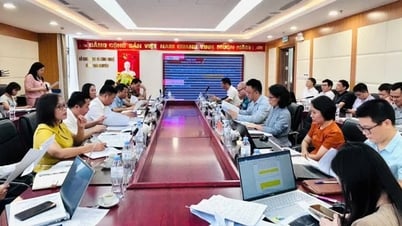

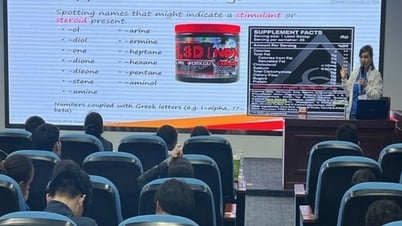
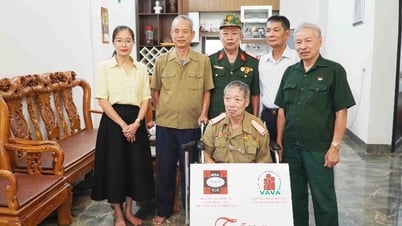

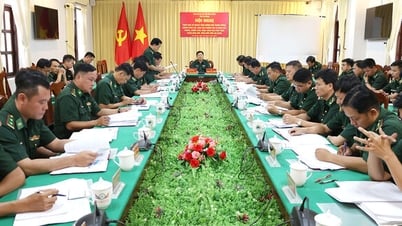

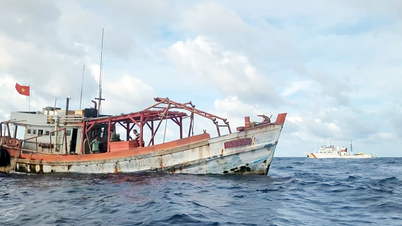



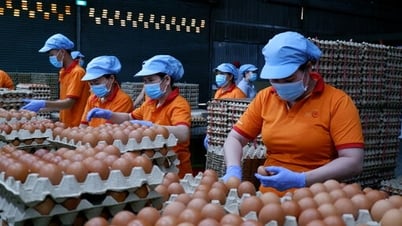

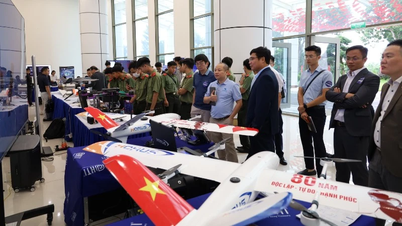

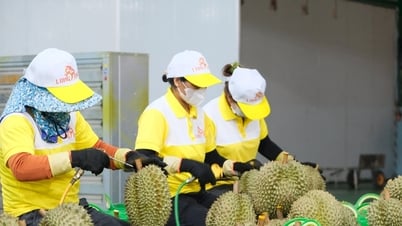





Comment (0)